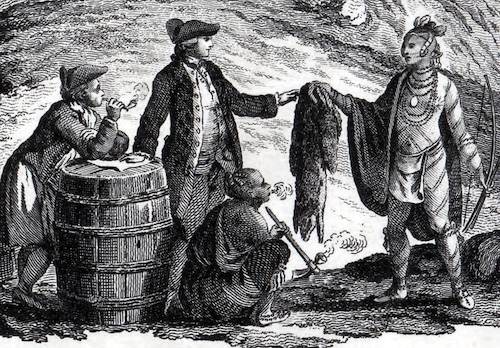From the late 1600s to the mid-1700s, the French built colonies in parts of North America. They faced many challenges, including some small populations, supply shortages, and conflicts with the English. To survive, the French relied heavily on trade with Indigenous groups. The French wanted to trade more than claim land, which allowed some relationships with Indigenous groups to start peacefully.

The French made alliances with some tribes to compete against English allies. These alliances helped the French in battles and brought major changes to Indigenous communities. Many Indigenous people began depending on European goods, and hunting with guns became more common. Traditional farming declined, especially for women, who had played an important role in agriculture. The French gave gifts to maintain loyalty, but this created inequality. Some leaders gained power by controlling trade goods, which led to jealousy and tension within tribes. As a result, some Indigenous groups switched sides and supported the English colonists.
The French sometimes tried to control tribal politics by appointing their own leaders, but these efforts failed. Indigenous traditions were complex, and new leaders chosen by the French often lacked real authority. The French also introduced harmful practices like the sale of alcohol and giving goods on credit. These changes caused confusion and conflict. Debt disputes sometimes led to violence. Over time, fighting became more about earning rewards, such as scalp bounties, than defending land or honoring tradition. This damaged trust and made hunting and trade more difficult.
Even with all the changes, many Indigenous groups in contact with the French remained independent and made their own choices. The French were never strong enough to completely control them. Tribes used the rivalry between the French and English to protect their own interests. Still, the French presence changed daily life in many ways, such as the introduction of new tools and trade, but also disease, war, and dependency. When the French eventually left, some tribes found it harder to stay independent without the ability to balance between competing European powers.
